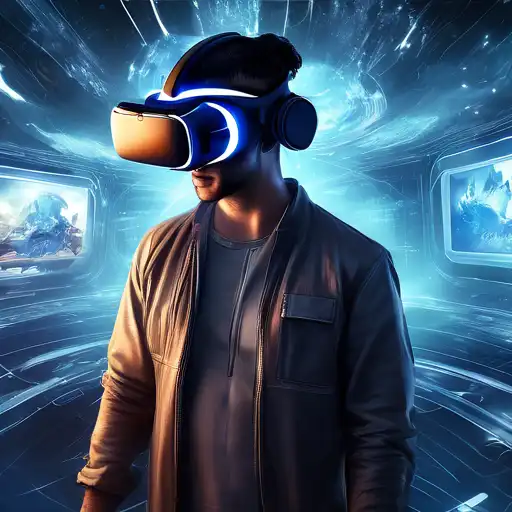Introduction to Virtual Reality
Virtual Reality (VR) has revolutionized the way we interact with digital content, offering an immersive experience that transcends traditional screen-based media. By simulating a three-dimensional environment, VR allows users to explore and interact with virtual worlds in a way that feels incredibly real.
The Evolution of Virtual Reality
From its early beginnings in the 1960s to the sophisticated systems available today, VR technology has undergone significant transformations. Innovations in hardware and software have made VR more accessible and affordable, opening up new possibilities for entertainment, education, and beyond.
Applications of Virtual Reality
VR is not just for gaming. Its applications span various industries, including healthcare, where it's used for surgical training and patient therapy, and real estate, offering virtual property tours. Education benefits from VR by providing immersive learning experiences, making complex subjects more understandable.
Challenges and Future Prospects
Despite its advancements, VR faces challenges such as high costs and the need for powerful hardware. However, with ongoing research and development, the future of VR looks promising, with potential breakthroughs in haptic feedback and wireless technology.
How to Get Started with Virtual Reality
Interested in exploring VR? Start with a basic headset like the Oculus Rift or HTC Vive. Many smartphones also support VR through Google Cardboard or Samsung Gear VR, offering a more affordable entry point.
Virtual Reality is more than just a technological innovation; it's a new dimension of experience that continues to evolve. Whether for work, education, or play, VR offers endless possibilities to explore worlds beyond our physical limitations.
For more insights into the latest in technology, check out our technology trends section.
